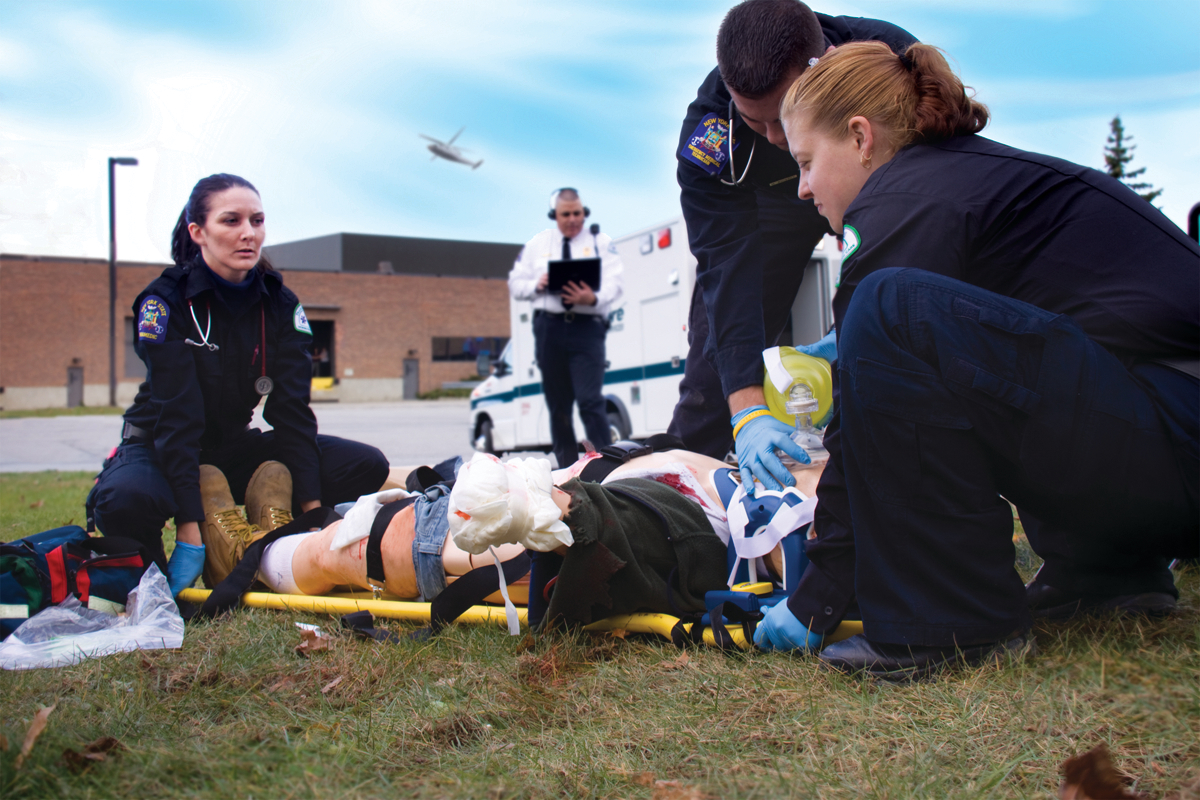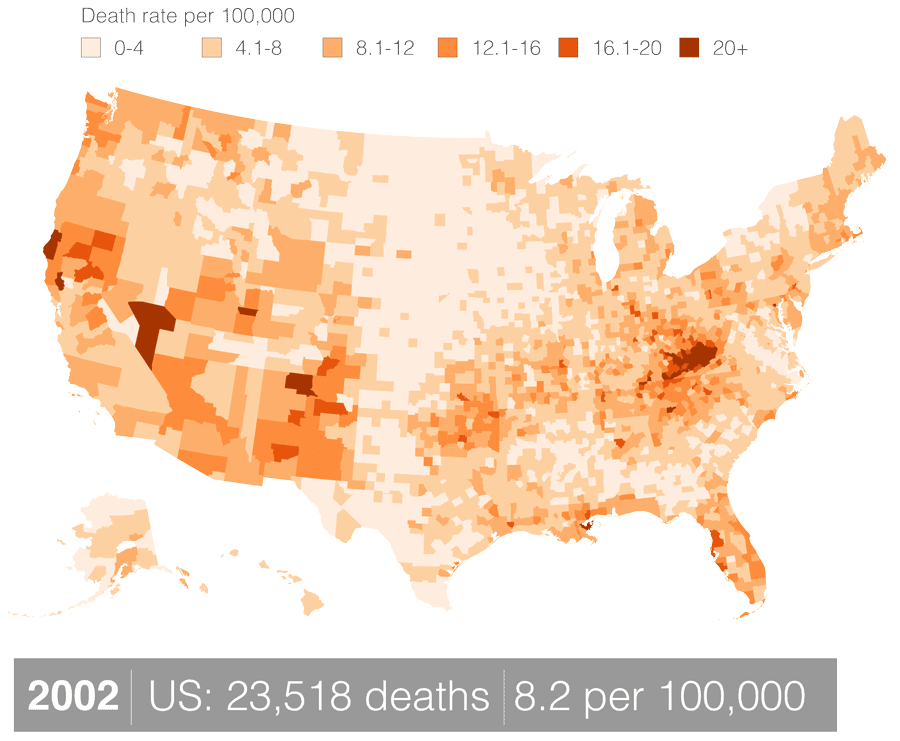
Training Bystanders in Bleeding Control
Why EMS support is critical to the success of training bystander hemorrhage control.
In 2014, the CDC reported that the United States recorded the highest number of opioid overdose deaths in the nation’s history. This followed a steady increase during the previous decade and the numbers continue to rise, today.1
The American Society of Addiction Medicine (ASAM) calculates that there were 52,404 lethal drug overdoses in 2015 – with 20,101 related to prescription pain relievers and 12,990 related to heroin.2
EMS sits at the epicenter of the opioid epidemic.*
EMS has seen the devastating effects of opioid abuse for some time, but it has now gathered the attention of the general public as well.
Today, naloxone (also known under the brand names, Narcan and Evzio), is a common medication carried by EMS providers and police. The drug rapidly reverses the effects of an opioid overdose, blocking opioid receptors.3
In situations when any drug is administered, it’s important to pay close attention to the patient handoff. Looking at cases when preventable medical error led to a patient’s death, the majority can be attributed to a breakdown in teamwork and communication.4

Source: America Aljazeera
When an EMT or paramedic is treating a patient with naloxone, it isn’t in a silo. Correct reporting and proper handoff procedures at the hospital are just as imperative as administering the drug itself. Simulation can be one of the best methods for clinical practice in teams, because it helps to draw attention to possible holes in communication.
In addition to treating overdosing patients, many systems are also becoming involved in educating the public and collaborating in their communities to make a larger impact. Using simulation to train for opioid overdoses, EMTs, paramedics, police officers, and even laypeople, can feel more confident treating a drug victim.
*Friese, G. (2017). Proactive EMS approaches to the opioid crisis. Retrieved from https://www.ems1.com/opioids/articles/313624048-Proactive-EMS-approaches-to-the-opioid-crisis/
Registrera dig för e-postuppdateringar från Laerdal Medical. Du kan ange dina intressen och få nytt utbildningsinnehåll, uppdateringar, information om evenemang med mera.